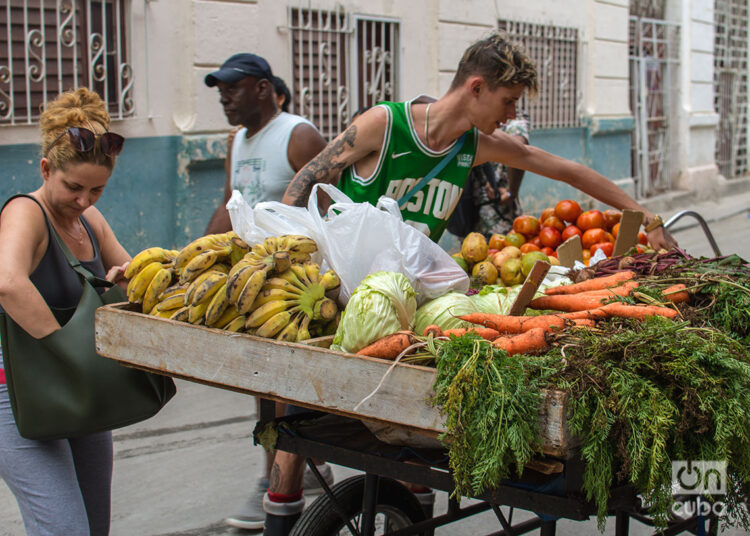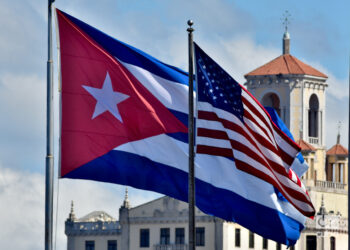President Miguel Díaz-Canel stated in a meeting with officials from the Ministry of the Food Industry that Cuban families spend “more than 70%” of their income on food, the official Granma newspaper reported this Wednesday.
This figure reflects, among other elements, the strong increase in food prices in recent years in Cuba, due to the fall in national production and the depreciation of the national currency in the informal market.
The Cuban government has not detailed the preparation of this data, which had not previously been disseminated by the National Office of Statistics and Information (ONEI).
According to the United Nations, Cuba imports 80% of what it consumes. The government has also indicated that it dedicates more than 2,000 million a year to bringing from abroad the products that it includes, heavily subsidized, in the basic food book.
In addition, the shortage of basic goods in the formal market has skyrocketed prices in the informal market, something to which the collapse of the peso and the arrival of small private enterprises have contributed.
In 2021, the formal market consumer price index stood at 77.33%. In 2022 it was 39.07% and in 2023, 31.34%. Inflation in the informal sector, not quantified, is much higher.
Currently, a carton of 30 eggs exceeds the state minimum wage, and filling a car’s tank costs more than the average wage. The minimum wage on the island is 2,100 Cuban pesos (about 17.5 dollars at the official exchange rate).
According to the index of the independent media El Toque, taken by the street and experts as a reference, the dollar currently costs 320 CUP and the euro, 325. This means accumulated depreciation of more than 1,000% since 2021.
Granma also indicated that the meeting reported problems in the distribution of basic foodstuffs included in the supply book during 2023.
Thus, chicken could not be delivered for four months and coffee was missing for five. Strong effects were also recorded on the distribution of powdered milk, soy yogurt and beef.
Cuba has been going through a serious economic crisis for more than three years, evident in the shortage of basic products (food, medicine, and fuel), high inflation, partial dollarization, depreciation of the peso in the informal market, and prolonged and frequent blackouts.
The effects of the pandemic, the tightening of U.S. sanctions, and errors in national macroeconomic and monetary policy are the main causes of this crisis, which stimulates migration ― mainly to the United States ― and social unrest.










